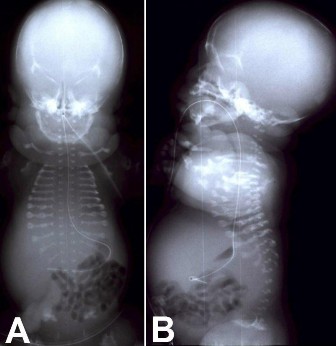
Definition
A tooth abscess is a sac of pus (infected material) in a tooth or the gums that results from bacterial infection. There are two types of tooth abscesses:
• Abscess of the pulp (inside) of the tooth
• Abscess between the tooth and gum
Causes
A tooth abscess begins when bacteria invades and infects a tooth, resulting in the build up of pus. When the pus is unable to drain, an abscess results.
Conditions that allow bacteria to invade a tooth include:
• Severe tooth decay
• Break or crack in a tooth that allows bacteria to invade the pulp of the tooth
Food or other foreign matter that becomes trapped between the tooth and gum may lead to a bacterial infection in that location.
Risk Factors
A risk factor is something that increases your chance of getting a disease or condition.
• Build-up of tartar beneath the gum line
• Inadequate fluoride application to teeth, via fluoridated water, toothpaste, or mouthwash
• Poor dental hygiene leading to untreated caries and periodontal diseases
• Malnutrition, including severe vitamin and mineral deficiencies
Symptoms
Symptoms include:
• Throbbing/lingering pain in a tooth or gum area
• Pain when biting on a tooth
• Redness or swelling of the gums
• Swollen glands in the neck
• Discoloration of a tooth
• Bad breath or foul taste in mouth
• Open, draining sore on the gums
If left untreated, complications of tooth abscess can include:
• Loss of tooth
• Spread of infection to surrounding tissue or bone
Diagnosis
A dentist will ask about your symptoms and medical history and perform a detailed exam of your teeth and gums.
The examination will include testing the tooth for pain and sensitivity by:
• Lightly tapping on the tooth
• Placing ice on the tooth
• Stimulating the tooth nerve with a low electrical current
• Sliding a probe between the tooth and gum
Your dentist will also take an x-ray of the tooth and surrounding bone.
Treatment
Treatment includes:
Removal of Abscess Via Root Canal
• If abscess results from tooth decay or a break or crack in the tooth:
- The tooth is numbed and a hole is drilled through top of the tooth.
- Pus and dead tissue are removed from the tooth.
- The interior of the tooth and the root (nerve) canals are cleaned and filled with a permanent filling.
- A crown is placed on the tooth to protect it.
- The abscess is drained and thoroughly cleaned.
- The surface of tooth is smoothed.
- In some cases, surgery to reshape the gum is performed to prevent recurrence of infection.
• Removal of the tooth may be required if:
- Tooth decay and/or tooth infection is too extensive for filling or root canal.
- The break or crack in the tooth is too severe to be repaired.
- The infection between the tooth and gum is extensive.
- A partial bridge
- A denture
- A tooth implant
• Antibiotics to fight residual infection of the tooth or gums
• Non-prescription pain relief drugs (ibuprofen or acetaminophen) and warm salt water rinses
Prevention
Most tooth abscesses can be prevented with:
• Proper dental hygiene, including:
- Brushing teeth with fluoride toothpaste after meals or at least twice per day
- Daily flossing between teeth and gums
- Regular dental check ups (every 6 months)
- Regular professional teeth and gum cleaning (every 6 months)



1 Comments
Congratulations on your informative article concerning the issue of tooth abscess. I would also like to add a few more points, if you don’t mind:
ReplyDelete-A tooth abscess, though small in size initially, if it is not treated at an early stage, it can grow into a more serious problem and it can spread to the area of the cheek, inside the throat or even the face.
-A tooth abscess may develop in the case of a new tooth, while it has not emerged yet from the gums.
-People suffering from diabetes have a higher risk to develop tooth abscess, as well as those who have undergone radiotherapy in the area of the face and the neck. Also those who receive steroids medication.